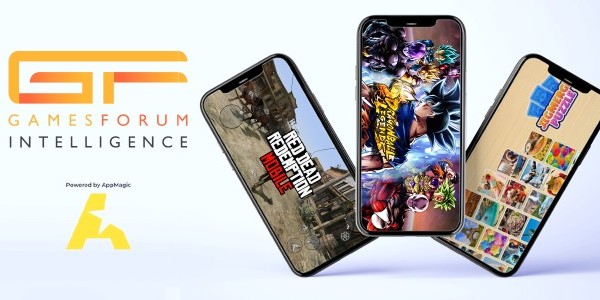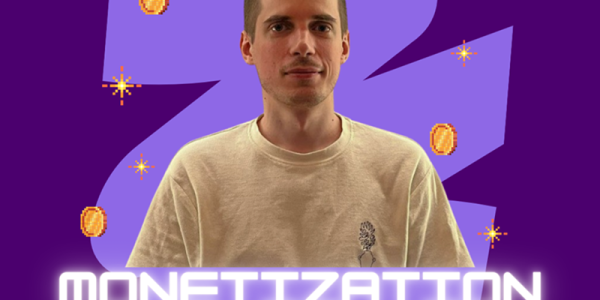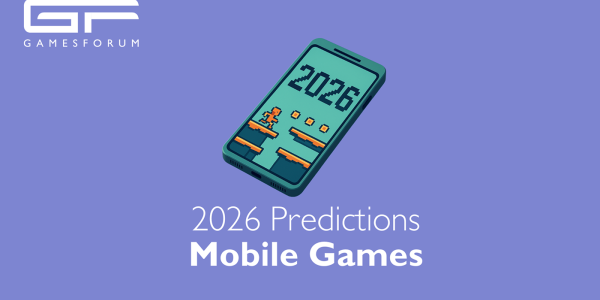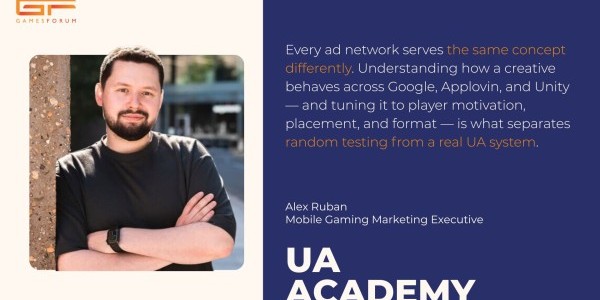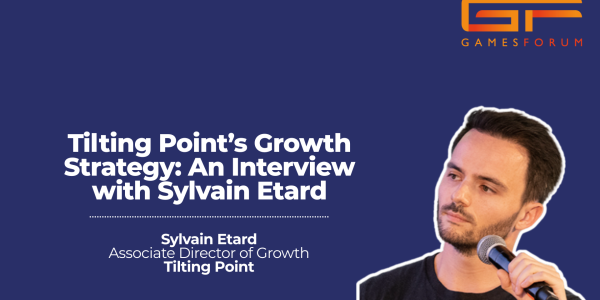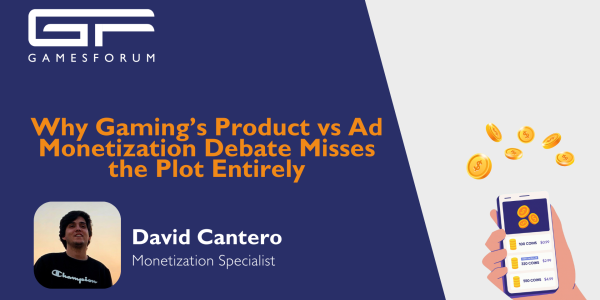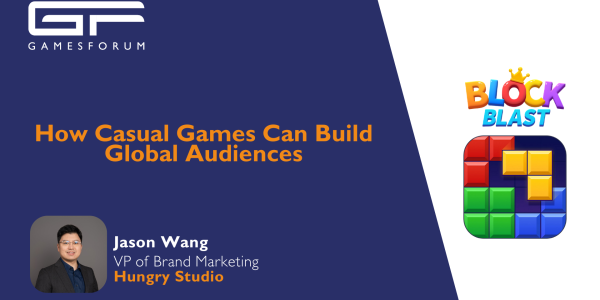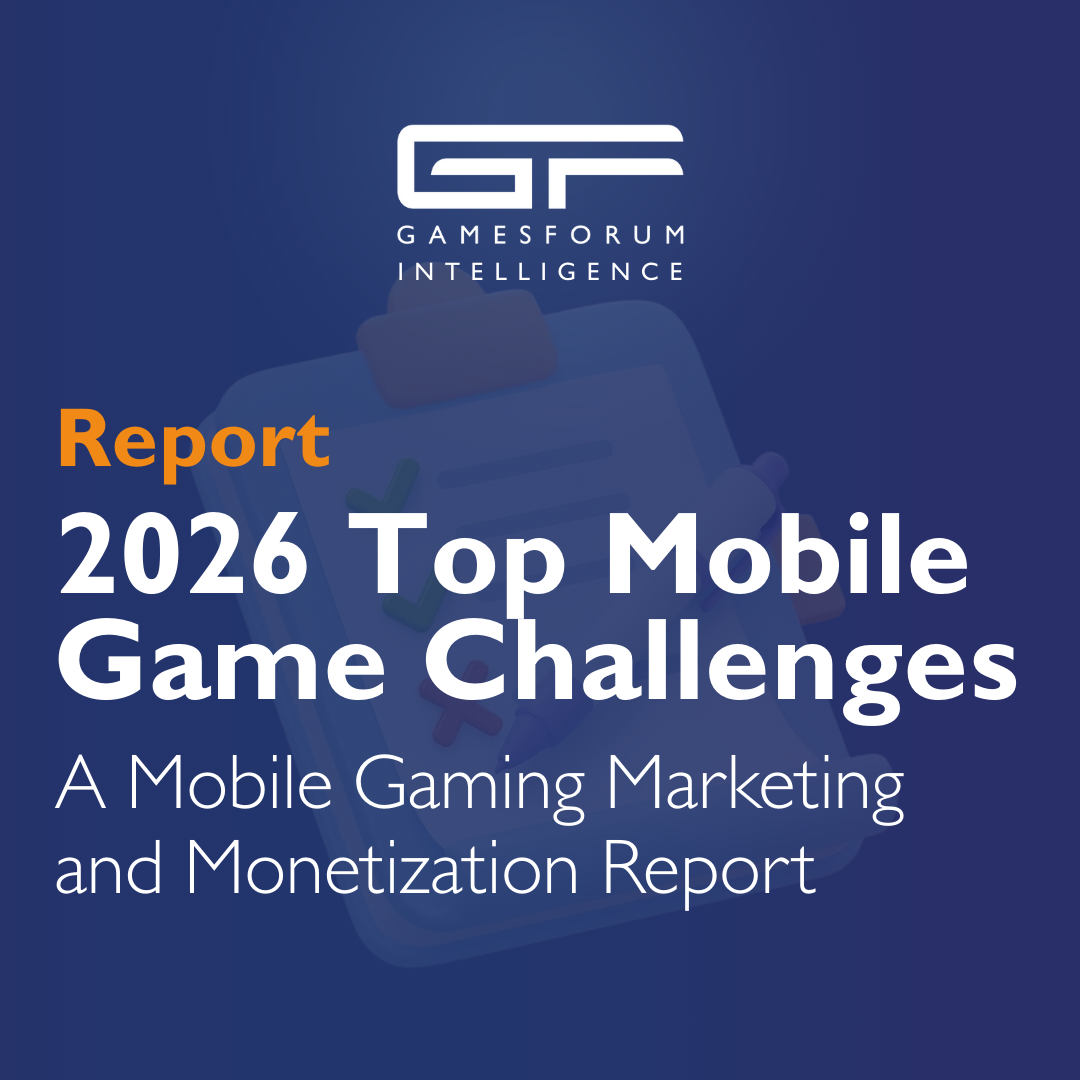Ad Mon Masterclass: ZBD’s Ben Cousens on Leveraging Bitcoin and Real-Time Rewards in Mobile Gaming

Gamesforum recently caught up with ZBD's CSO, Ben Cousens, to discuss the transformative potential of Bitcoin integration within mobile gaming. Ben delves into how the Bitcoin Lightning Network is being leveraged to create seamless, real-time reward systems that enhance player engagement and retention. He also shares insights on innovative ad monetization strategies, the impact of blockchain technology on the gaming ecosystem, and what the future holds for mobile game monetization in a rapidly evolving digital economy.
Ben, can you share more about your journey within ZBD, particularly your interest in the Bitcoin Lightning Network and its potential in the gaming industry?
My journey with ZBD actually began during my time at Lakestar, where I was investing in innovative companies like 1047 Games and Treesplease Games. I was initially an investor in ZBD, but quickly became fascinated by the Bitcoin Lightning Network’s potential to revolutionize the gaming industry. The idea of creating real economies within digital worlds and allowing seamless money movement online really piqued my interest. So much so, it led to me joining ZBD’s leadership team, where I oversee our business strategy and partnership operations, driving forward our vision of integrating real-time rewards and financial services into gaming.
Can you share examples of ad formats that have proven most effective in mobile games without negatively impacting gameplay?
The reality is that most mobile ad formats are interruptive to gameplay. It’s about making sure they offer a fair value exchange. Ads have kept most mobile games F2P and this value exchange is generally appreciated so long as the ad placements, content and frequency are right. Rewarded video extends this further with the opportunity to opt-in and giving users instant rewards. Developers that use ZBD make use of whatever ad strategy works for them, but simply add another layer of reward for users based on gameplay engagement rather than the specific action of watching an ad.
An exception to this is native in-play ads which are less likely to negatively impact gameplay. ZBD actually integrated with AdInMo last year to offer Bitcoin rewards to gamers just for seeing in-play ads as they play. The in-play market has a lot more room for growth.
How does the integration of Bitcoin and blockchain technology enhance ad monetization strategies for mobile games on ZBD’s platform?
Integrating Bitcoin and blockchain technology enables real-time, micro-payment capabilities (as low as ~$0.0005), facilitating instant tangible real-world rewards for players. ZBD’s platform facilitates seamless, scalable rewards, which ultimately incentivise ad interactions from users for playing as they would usually. Essentially, rewards massively improve player retention and engagement, which in turn leads to users seeing and interacting more ads. We also see that games that integrate ZBD rewards are able to show more ads per-session without notable increases to churn rate.
Can you discuss the impact of Bitcoin’s volatility on ad monetization and how ZBD mitigates potential risks for both developers and players?
Bitcoin volatility doesn’t really impact ad monetization. There’s a small chance that Bitcoin price would suddenly increase overnight and a game would overspend on rewards. This is highly unlikely to happen at this point, since the Bitcoin market cap is so large, it doesn’t move that fast any more. But even if it did, we mitigate that by pricing rewards for our clients in USD amounts. Meaning that they set how much they want to give out in USD, then we pay users in Bitcoin. So in case of a sudden price spike, the Bitcoin amount of rewards given out would change, not the USD equivalent.
Have you observed any significant changes in ad engagement metrics when players are rewarded with Bitcoin for watching ads?
Absolutely, rewarding players with Bitcoin for watching ads significantly boosts ad engagement metrics. The ads and the rewards are not directly connected, but it seems like players understand you can’t have one without the other, so they are willing to put up with more ads. Data we get from our partners consistently shows higher ad view rates and more ad views per session once games integrate rewards. For example, PlayEmber saw a +159% increase in ads per session. That’s an above average result, but far from the biggest jump we’ve seen. Overall, we’ve always seen an increase in impressions per session and total ad impressions per user when games integrate ZBD rewards.
How does rewarded play and ad monetization contribute to player retention in mobile games?
They are basically opposites. More ad monetization usually leads to worse retention. And rewards lead to improved retention. So basically, game makers can balance the two to maximize ad revenue without negatively impacting retention and player engagement.
Are there specific strategies or best practices you recommend to developers for maximising both ad revenue and player retention?
Well, obviously I have to say implement player rewards. It’s a system that simply works and is easy to set up. But even with that, it’s all about testing, testing and more testing. As with everything related to balancing ad monetization and retention in a mobile game, you just have to try it and see what works for your game and player base. We always share guidelines and best practices with our clients, but that will only take you so far. Every game is unique and it always takes a while to find that sweet spot.
What trends and challenges do you foresee in ad monetization for mobile games over the next few years?
Game monetization is getting more difficult, with dropping eCPMs on one side and rising CPIs on the other. What I’m seeing right now is that a lot of games try to compensate by increasing ad frequency. I think that is going to backfire in a big way. Just sticking in more ads will not solve the issue long-term, it’ll just erode users’ trust.
The solution, as to any challenge the industry faces, is innovation. Better placements, less intrusive ads, or what we do - introducing rewards to boost retention and subsequently revenue.
I also wouldn’t be surprised to see more premium game, either pay-to-own or subscription models, and more D2C IAP strategies (as we are already seeing in the larger players).

